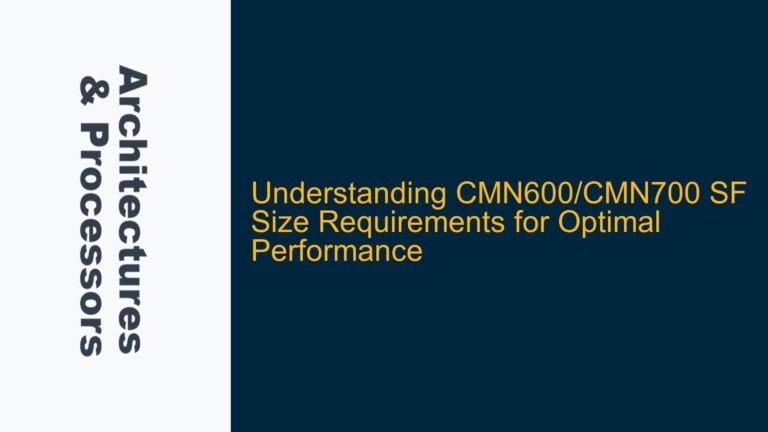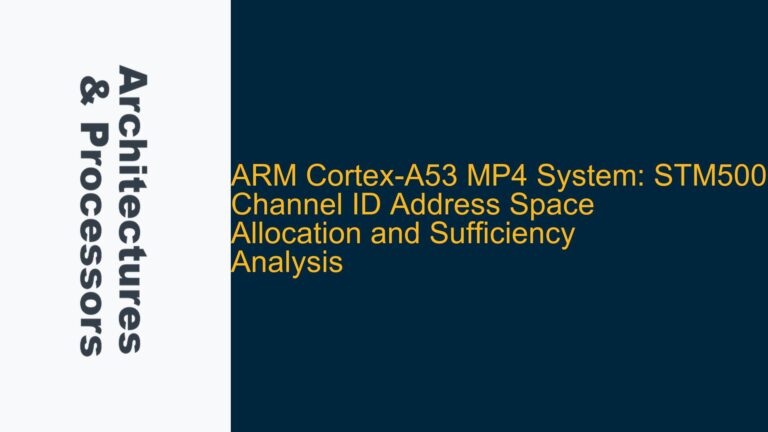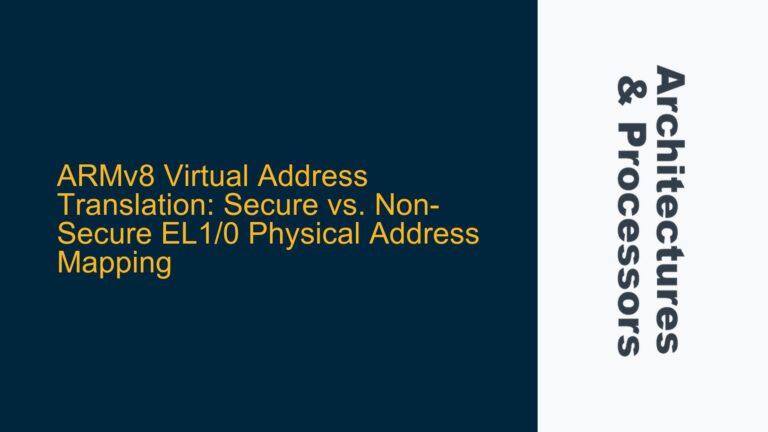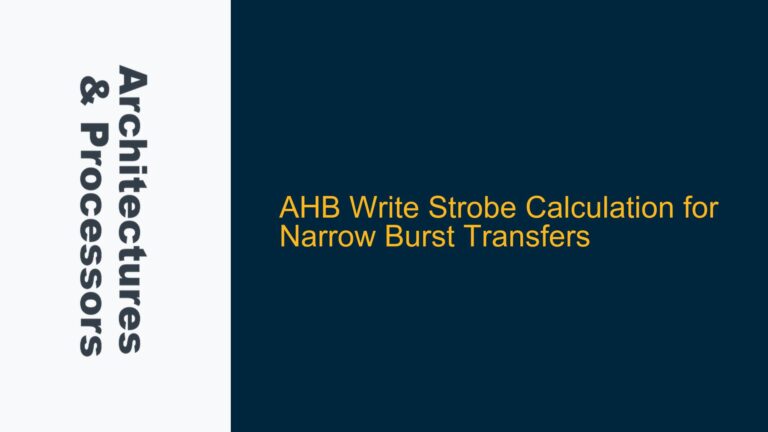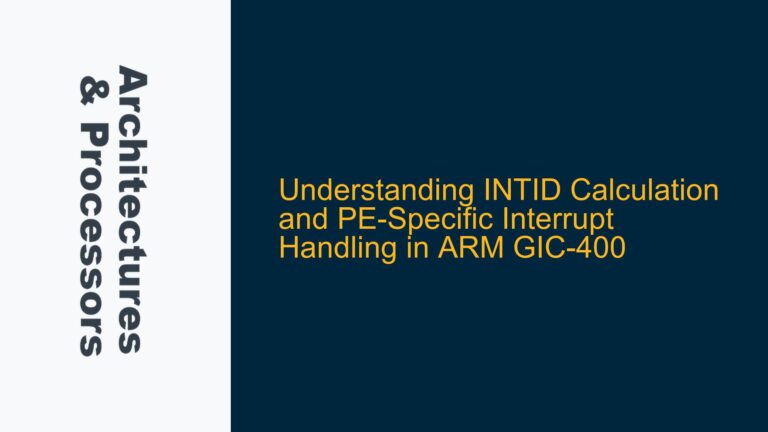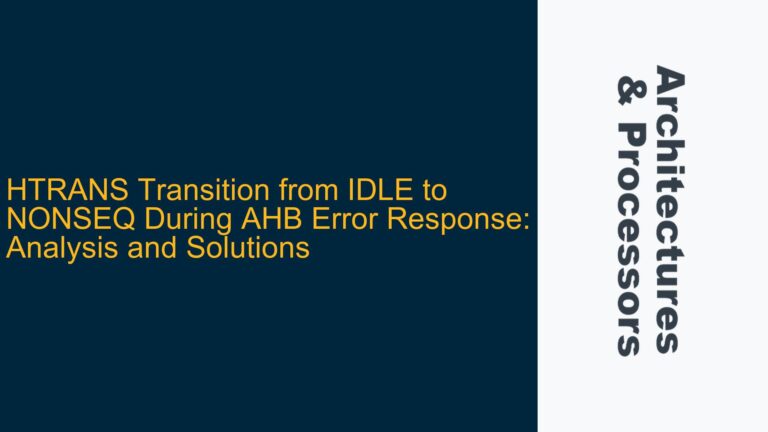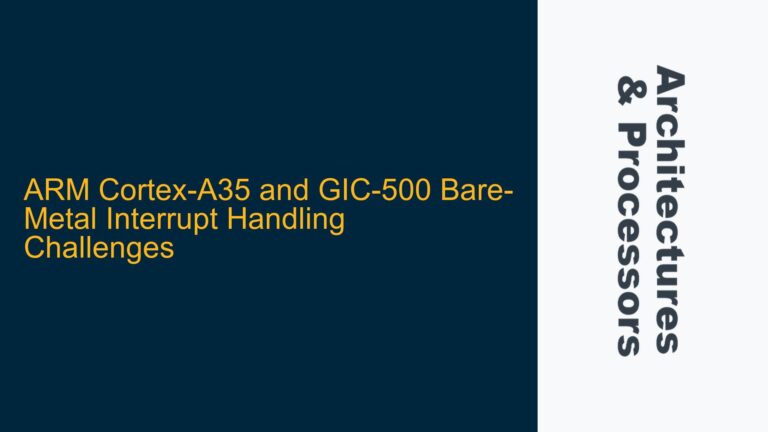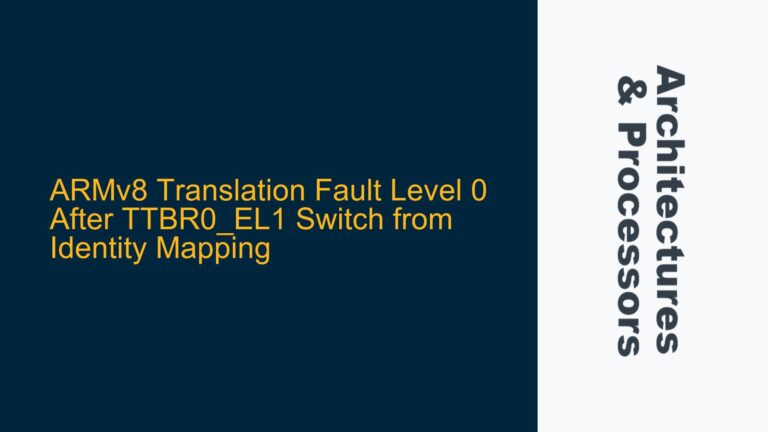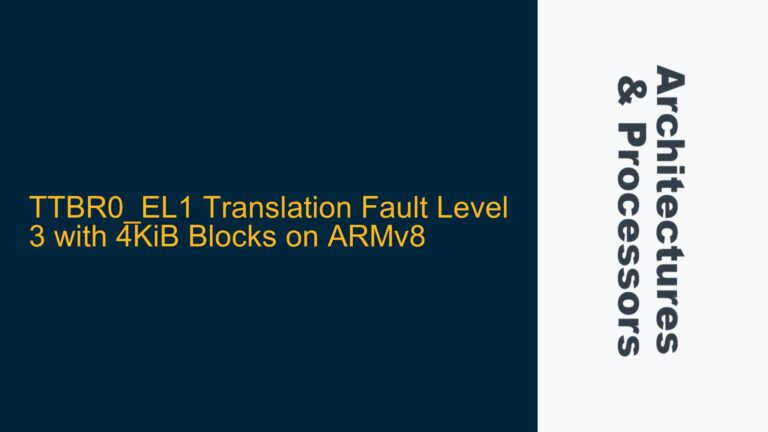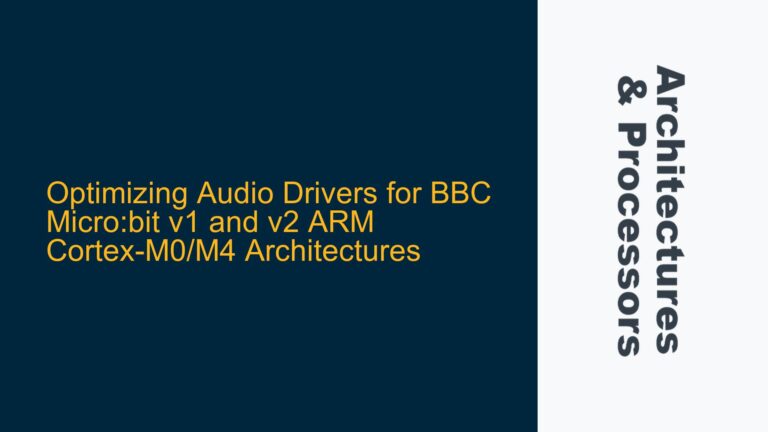CMN600/CMN700 SF Size Requirements for Optimal Performance
ARM CMN600/CMN700 SF Size and Cache Performance Relationship The ARM CMN600 and CMN700 interconnect fabrics are critical components in modern System-on-Chip (SoC) designs, particularly when optimizing performance for multi-core ARM Cortex processors. The SF (System Cache) size configuration is a key parameter that directly impacts the performance of the system, especially when dealing with RN-F…
